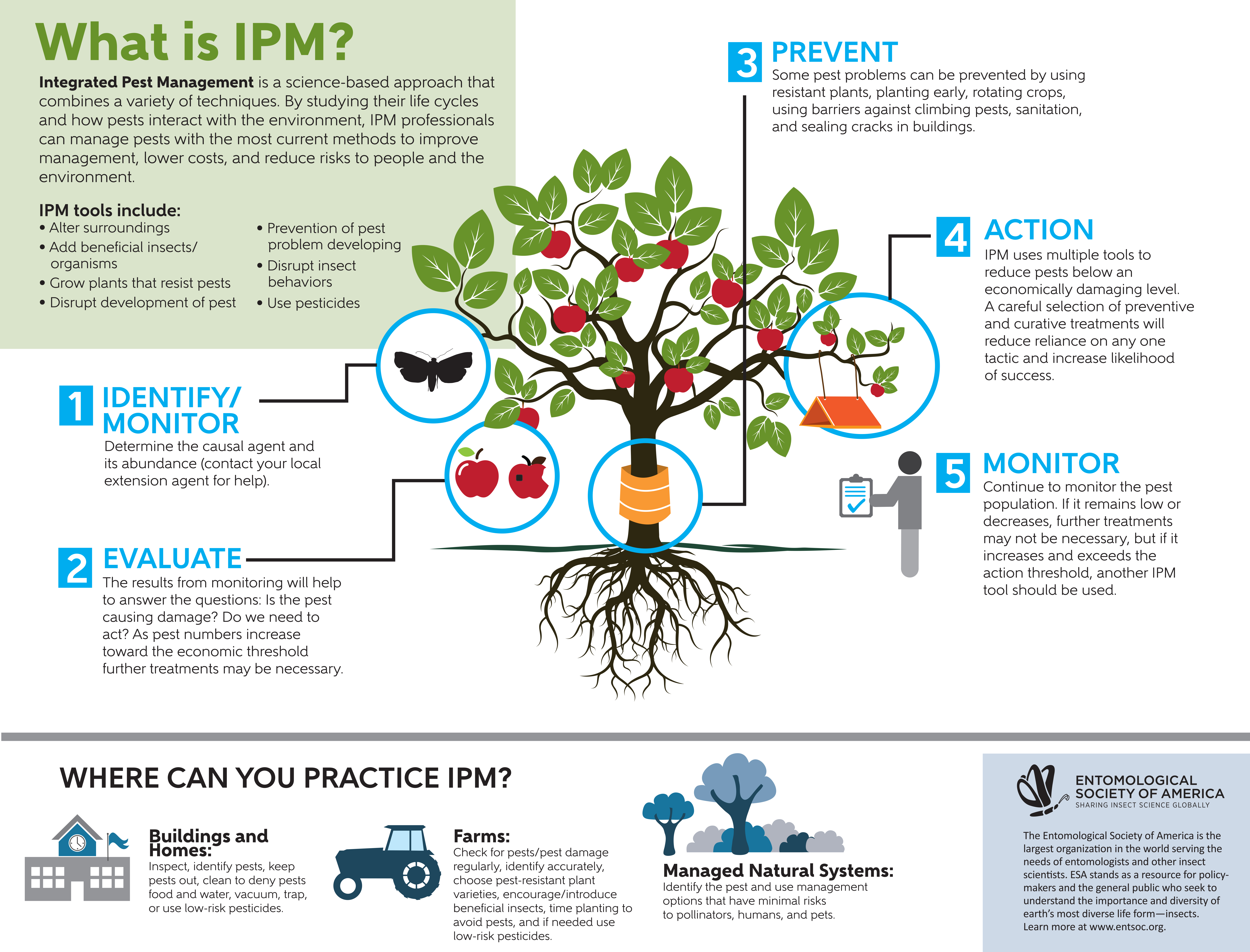Use The Power Of Recognizing Rodent Nesting Routines To Outmaneuver These Animals And Master Your Rodent Control Strategies
Use The Power Of Recognizing Rodent Nesting Routines To Outmaneuver These Animals And Master Your Rodent Control Strategies
Blog Article
Developed By-Payne Corbett
When it pertains to rodent control, comprehending typical rodent habits is essential to effectively managing problems. Did you understand that rodents have some interesting nesting habits that might amaze you? By exploring their intricate habits, you can gain beneficial insights into how to deal with rodent problems in a much more critical and effective manner. So, allow's decipher the mysteries behind these animals' activities and find out how to outmaneuver them in your rodent control initiatives.
Rat Nesting Behaviors
When observing rats in their all-natural habitat, you'll notice that they actively seek out products to construct their nests. Rats, such as mice and rats, are resourceful creatures that utilize a variety of things like twigs, leaves, paper, and fabric to develop their homes. They're thorough in their nest-building process, usually lining their nests with softer materials like hair or feathers to develop a comfortable setting.
Rodents prefer to construct their nests in surprise and protected places to secure themselves and their young from predators. Typical nesting areas include wall surface tooth cavities, attics, basements, and also within insulation products. By creating their nests in these remote locations, rats can securely raise their offspring away from prospective threats.
It is necessary to comprehend the nesting habits of rats when applying control steps. By disrupting their nests or getting rid of products, you can inhibit rodents from developing a presence in your house or residential property. Proper cleanliness and sealing entrance points are also important steps in protecting against rodent problems.
Rat Feeding Patterns
After observing rats' nesting routines, it becomes noticeable that their feeding patterns play an important role in their lives and behaviors. Rodents, including computer mice and rats, are opportunistic feeders, suggesting they'll eat whatever food resource is easily available. They're mainly nighttime creatures, favoring to forage for food throughout the cover of night to stay clear of predators.
Rodents have a varied diet regimen, ranging from grains, seeds, fruits, and veggies to insects, nuts, and also tiny pets. This flexibility in their food options permits them to flourish in numerous atmospheres, consisting of urban locations where human food resources are abundant.
visit this backlink feeding patterns aren't only driven by hunger however also by the requirement to accumulate food for times of shortage. This behavior is specifically recognizable in preparation for winter season or when nesting. Rodents are known to hoard food in their nests or burrows, making certain a constant food supply. Recognizing their feeding patterns is necessary in carrying out efficient rodent control actions to interrupt their food sources and stop problems.
Rodent Movement and Travel
Rats browse their surroundings with dexterity and stealth, using their eager senses to move promptly with their environments. These animals are adept mountain climbers, able to scale wall surfaces and vertical surfaces with ease. They can likewise squeeze through surprisingly tiny openings, making it important to seal any possible entry points in your home.
When it pertains to taking a trip, rats tend to follow acquainted paths, producing tracks along wall surfaces or skirting the edges of rooms. https://www.newstap.in/telangana/telangana-forest-department-unveils-new-wild-animal-rescue-vehicle-1481859 of habit, usually sticking to these established paths as they forage for food or explore their environments.
Rodents are understood for their nocturnal habits, so you might hear them scampering about during the night as they look for food and water. Their motions are quick and irregular, enabling them to dart in and out of view in the blink of an eye.
Comprehending how rats relocate and travel can assist you recognize prospective problem areas in your house and take positive steps to avoid these pests from gaining a foothold.
Final thought
As you work to control rats in your home, remember that comprehending their habits is vital. By identifying their nesting routines, feeding patterns, and movement, you can successfully prevent infestations.
Coincidentally, by taking proactive procedures to eliminate food resources and seal off entry factors, you can interrupt their familiar courses and require them to choose brand-new areas, eventually minimizing the chance of rodent presence in your living spaces.
